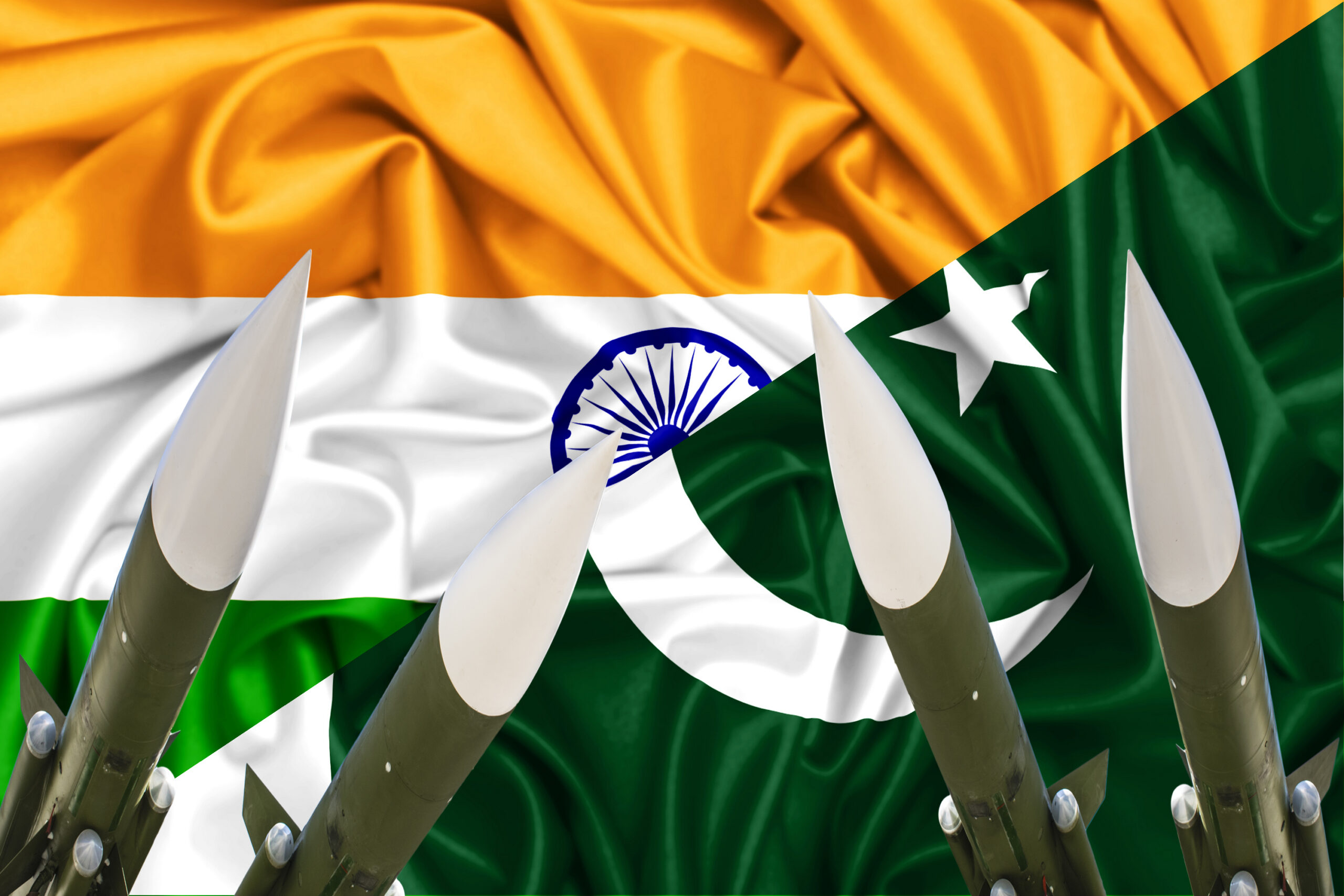
The Indian Navy’s recent test of the K-4 Submarine-Launched Ballistic Missile (SLBM) from its nuclear-powered submarine INS Arighaat represents a significant development in India’s defense strategy. With a range of 3,500 kilometers and nuclear warhead capability, this SLBM is intended to bolster India’s second-strike capacity, a cornerstone of nuclear deterrence. However, this event also exposes a recurring challenge: India’s ability to manage the technical and operational demands of advanced military technology.
South Asia remains one of the most geopolitically sensitive regions globally, with three nuclear-armed nations in close proximity. While advancements in military capabilities are often celebrated as progress, the history of technical mishaps and operational inefficiencies in India’s defense apparatus raises critical questions about the implications of these advancements for regional stability and global security.
India’s nuclear doctrine emphasizes a credible minimum deterrence, with second-strike capability as its backbone. Submarine-launched ballistic missiles like the K-4 are vital in ensuring this deterrence, as they provide survivable and hidden platforms for retaliation in the event of a nuclear first strike. This capability becomes particularly significant in South Asia, where mutual mistrust and ongoing border disputes fuel security dilemmas. While the K-4 SLBM enhances the Indian Navy’s strategic reach, its deployment is contingent on the reliability of the submarines that carry it. INS Arighaat, despite its advanced design, has faced delays and technical challenges, reflecting broader systemic issues within India’s defense sector. This raises concerns about the effectiveness of India’s nuclear deterrence in practice, as even minor lapses in safety or reliability could have catastrophic consequences.
India’s defense modernization efforts have been marred by a series of high-profile incidents, revealing vulnerabilities in its operational systems. The sinking of the INS Sindhurakshak in 2013, caused by an onboard explosion, resulted in the loss of both the submarine and its crew. Similarly, the accidental firing of a BrahMos missile into Pakistani territory in 2022 underscored significant gaps in command and control systems. A particularly alarming case was the hatch mishap aboard the INS Arihant, which rendered the nuclear-powered submarine inoperable for over a year. This incident, attributed to human error, highlights the critical role of training and operational discipline in managing advanced military platforms. Such incidents, while often dismissed as isolated events, reflect systemic issues in India’s defense infrastructure, including inadequate training, poor maintenance, and limited accountability.
The broader regional implications of India’s defense vulnerabilities cannot be ignored. South Asia is already characterized by high levels of militarization and mutual distrust, particularly between India, Pakistan, and China. In this context, any misstep involving nuclear weapons or delivery systems has the potential to escalate rapidly into a full-scale crisis. India’s pursuit of advanced capabilities, such as the K-4 SLBM, risks triggering an arms race in the region. Pakistan, for instance, may feel compelled to accelerate its own defense programs in response, diverting resources from pressing socio-economic needs. Similarly, China’s growing strategic rivalry with India adds another layer of complexity, as both nations seek to outpace each other in technological advancements. The introduction of sophisticated weapons systems into this already volatile environment increases the risk of miscalculation. Accidents, miscommunication, or technical failures could lead to unintended escalation, with devastating consequences for the region and beyond.
India’s focus on defense modernization comes at a significant socio-economic cost. Despite its growing economy, the country continues to grapple with deep-rooted challenges such as poverty, healthcare deficits, and inadequate infrastructure. With over 140 million people living below the poverty line, the allocation of substantial resources to defense projects raises ethical and practical concerns. While military advancements are often justified as essential for national security, the opportunity costs of such investments cannot be ignored. Resources diverted toward defense projects could otherwise be used to address critical developmental challenges, such as education, healthcare, and rural development. This imbalance highlights a growing tension between India’s aspirations as a global military power and its responsibilities as a developing nation.
The test of the K-4 SLBM from INS Arighaat underscores both the potential and the perils of India’s defense modernization efforts. While advancements in nuclear capabilities enhance deterrence, they also expose systemic vulnerabilities that undermine operational reliability and safety. In a region as sensitive as South Asia, these challenges have far-reaching implications, exacerbating security dilemmas and increasing the risk of unintended escalation. India’s quest for military superiority must be viewed through the lens of its broader socio-economic responsibilities and regional dynamics. Balancing technological ambition with operational discipline and addressing systemic inefficiencies are essential for ensuring that such advancements contribute to, rather than detract from, regional and global security.
